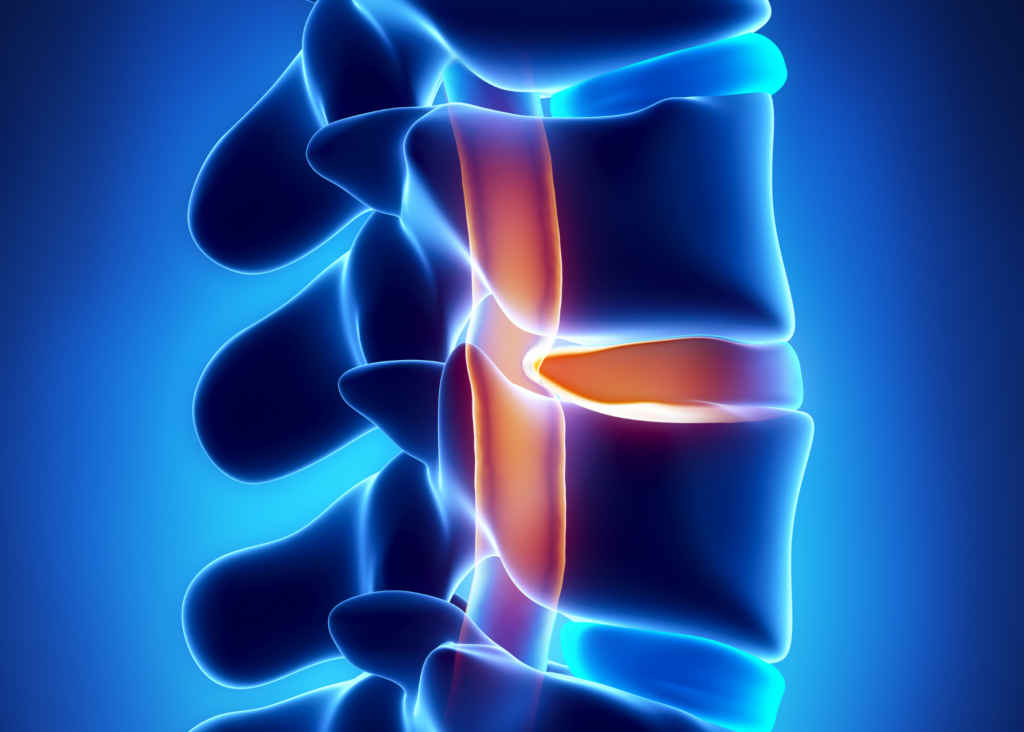The spinal cord serves as a conduit for sending signals and messages from the brain to all parts of the body. The spinal cord is a complex system that is part of everything we do. If the spinal cord is damaged, the message from the brain cannot get through leaving the affected area unable to move or function.
Spinal cord injuries are one of the most dangerous injuries as they can lead to paralysis or life threatening conditions. According to research, approximately 17,000+ new cases of spinal cord injuries occur each year in the United States. A spinal cord injury can happen to anyone at any age but the majority of the injuries occur in people between 16 to 30, and male account for about 80% of the new cases.
This article contains an overview of spinal cord injuries, their causes, types, levels, treatments, and tips to prevent them from happening.
A spinal cord injury refers to the damage to the spinal cord resulting from sudden blow, trauma, disease, or degeneration. Depending on the severity, people with spinal cord injuries may lose essential function or mobility in different parts of the body.
A damaged spinal cord can affect:
There are different ways injuries happen and can have different causes. In most cases, spinal cord injuries can be categorized into two types:
“Complete” spinal cord injuries are the most serious and occur when the patient has lost all the feeling (sensory) and all the ability to control movement (motor function) below the injury site.
“Incomplete'' spinal cord injuries are increasingly common and occur when the patient has some sensory or motor function below the injured site. Because the spinal cord is partially-compromised, injuries may vary from person to person depending on the severity.
The spinal cord is divided into 4 sections: cervical, thoracic, lumbar, and sacral. Learn each section of the spine, the level injury, and severity:
This type of injury affects the head and neck area above the shoulder. The higher the level of injury on the spinal cord, the more severe it can become. Therefore, this is the most severe level of spinal cord injury.
This type of injury usually affects the abdominal muscles, upper chest, and mid-back of the body. With this level of spinal cord injury, arms and hand function are usually normal.
This type of injury mostly affects the legs and hips. With this level of injury, patients may need braces or wheelchairs in order to move.
This type of injury affects the buttocks, pelvic organ, hips, and the back of the thighs. With this level of spinal cord injury, patients are most likely able to walk and function.
If a spinal cord injury is not easily recognized, a more severe injury may occur. There are symptoms that may occur immediately, while some may come gradually.
Some of the possible symptoms of spinal cord injuries include:
The symptoms described above may look like other medical conditions or problems. So, if you suspect someone has a spinal cord injury, keep the person still and call for medical help.
Neuro rehabilitation centers are available to provide proper treatment and on-going care for people suffering from spinal cord injury.
In the United States, motor vehicle accidents are the leading cause of spinal cord injuries in younger individuals, while fall is the leading cause for people over 65. Other reported causes of spinal cord injuries includes:
A spinal cord injury is a serious medical condition that requires comprehensive evaluation, treatment, and rehabilitation. The recovery time depends on the severity of the injury. The initial treatment may include medication, surgery, and other medical procedures while long-term treatment plans include on-going care and rehabilitation programs.
Read more about spinal cord injury rehab.
Though it’s impossible to prevent spinal cord injuries, there are general safety practices you can do to reduce your risks of getting one, or the people around you.
Some risk-reducing measures include:

If you’re looking for a patient-centered rehab for you or a loved one, then you’re on the right track!
At NeuLife, we provide effective and research-based rehabilitative services to address your serious issues. Your care will be based entirely on your injury, situation and body, designed around your capabilities and proceeding at your speed. Your physical and mental health will be addressed, as the therapy covers a myriad of topics, from diet and nutrition, to relationship skills, to occupational therapy.
Besides spinal cord injury rehabiliation, we also provide other types of rehabilitative treatment, such as:
Contact us now at 800-626-3876 to learn more about our programs or schedule a tour to see our stunning in-patient facility.
The material contained on this site is for informational purposes only and DOES NOT CONSTITUTE THE PROVIDING OF MEDICAL ADVICE, and is not intended to be a substitute for independent professional medical judgment, advice, diagnosis, or treatment. Always seek the advice of your physician or other qualified healthcare providers with any questions or concerns you may have regarding your health.

We know that choosing the next step in your recovery from a catastrophic illness or injury is complex. Together, we can help you take the next step.
Contact us with any questions today.